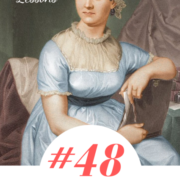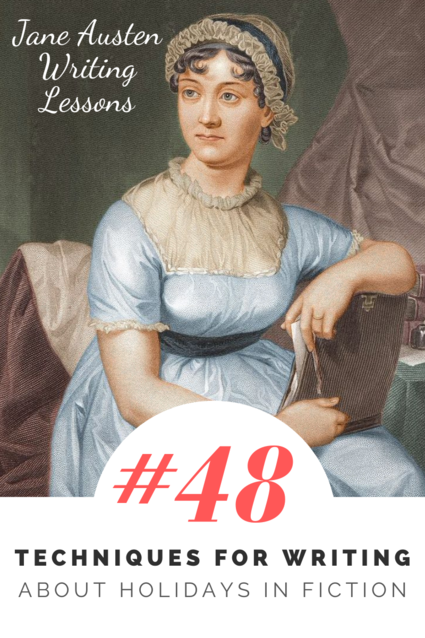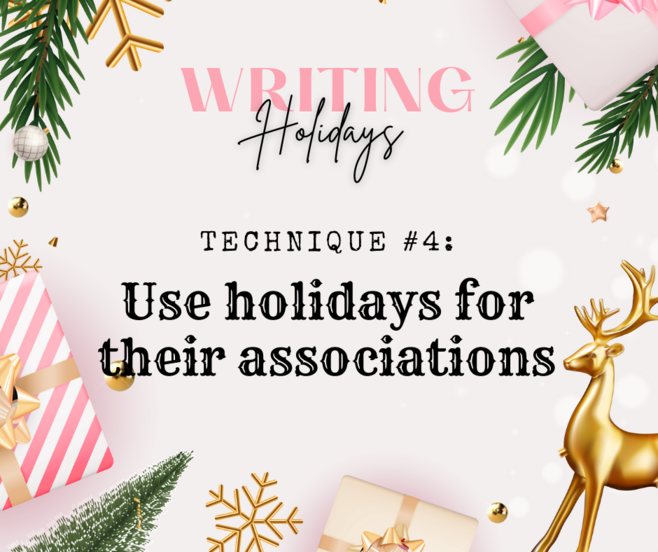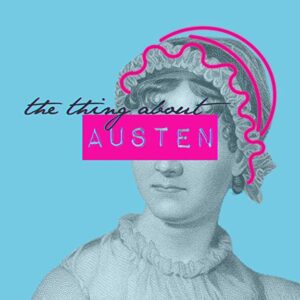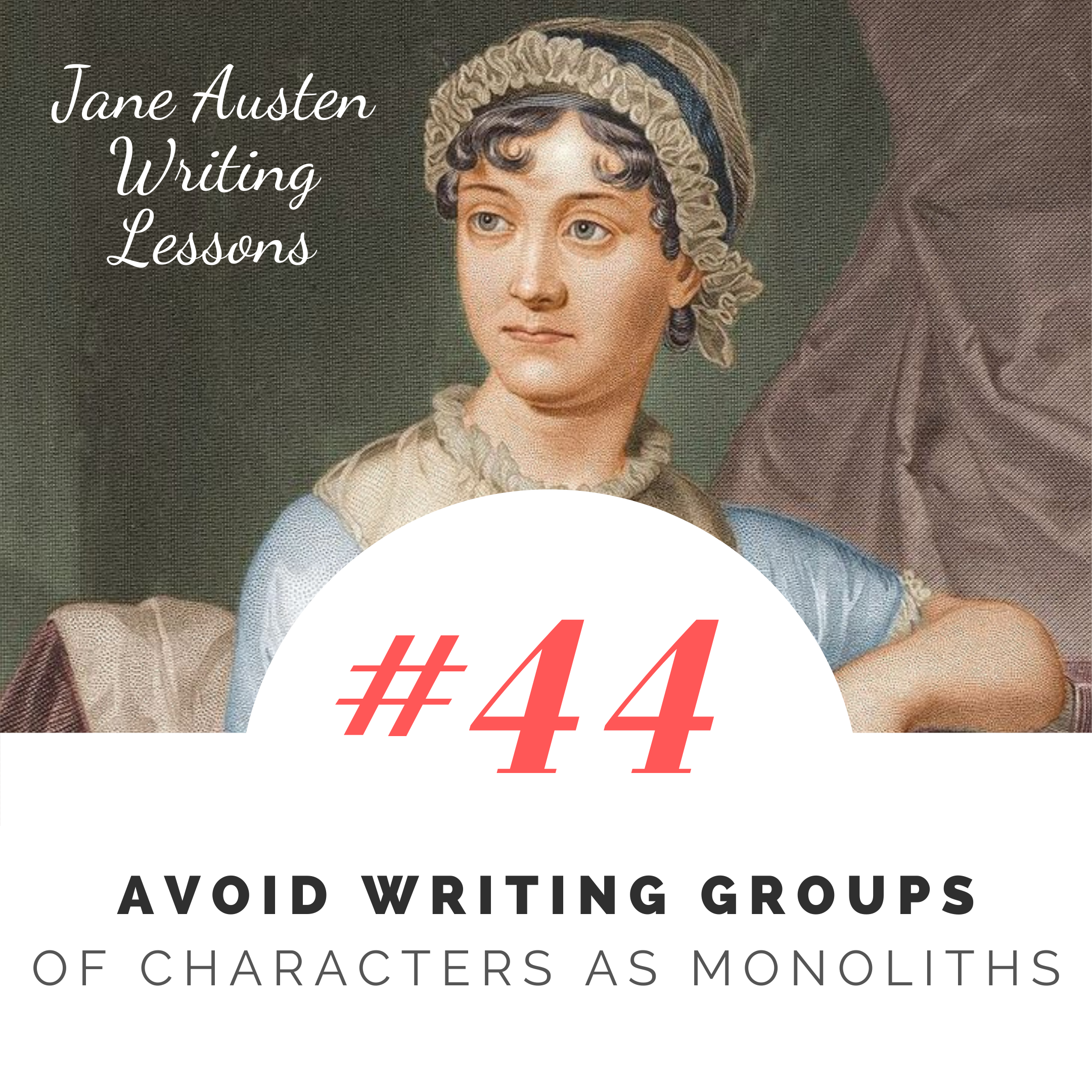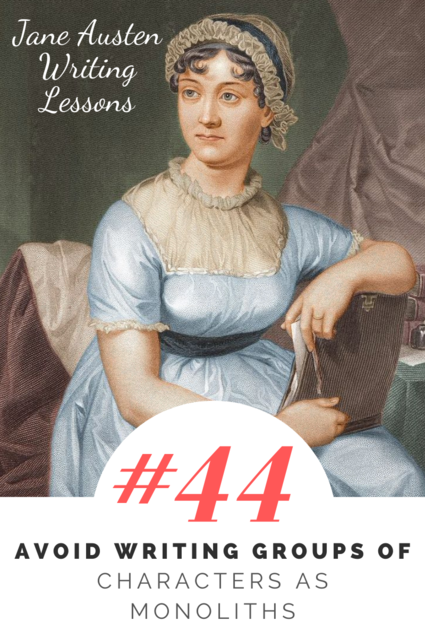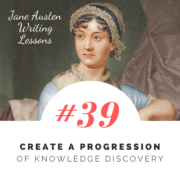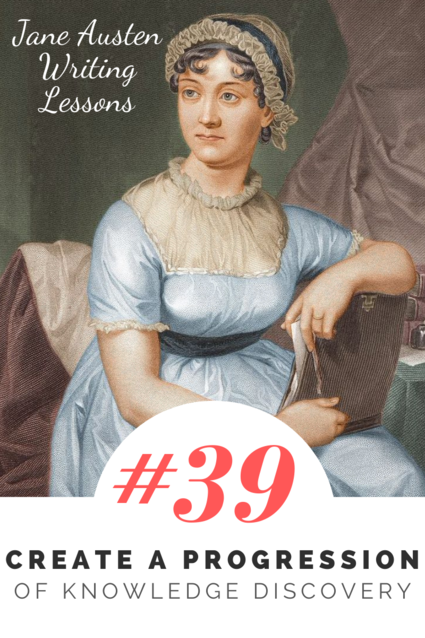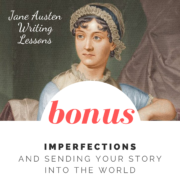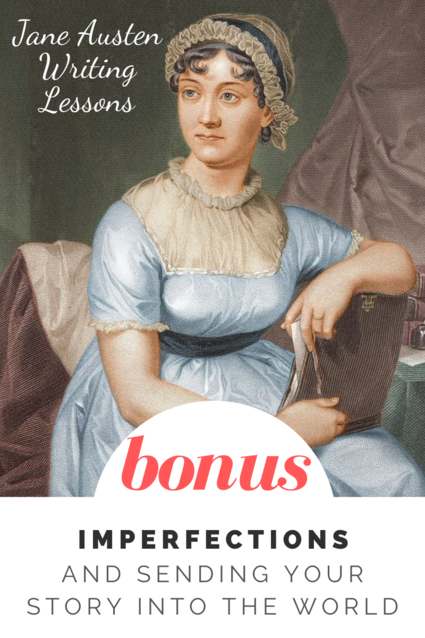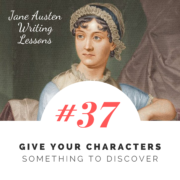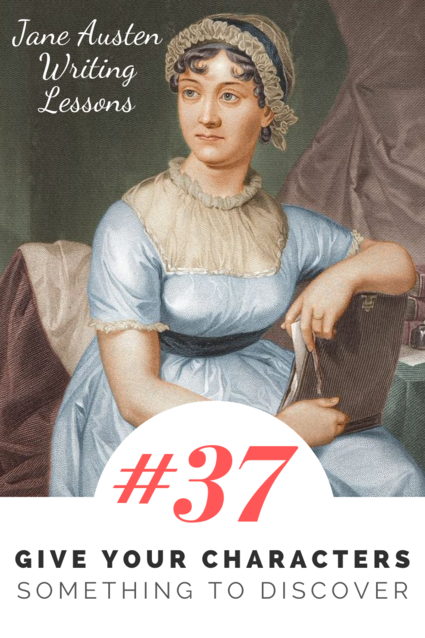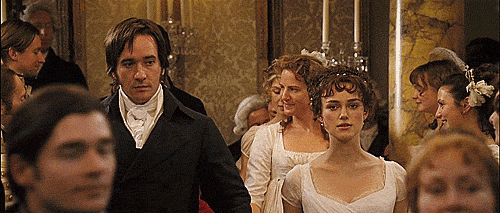#48: Techniques for Writing About Holidays in Fiction
Jane Austen has a thing for Christmas.
In some of her novels, Christmas is mentioned only in brief, while in others it is a focal component, but each of her six published novels incorporates Christmas in some way. In this post, we’re going to look at how Jane Austen uses Christmas as a storyteller, and what writing techniques we can learn from her. Whether your characters celebrate Christmas or Eid or Rosh Hashanah, you can apply these techniques for writing about holidays in fiction to your own stories.
Technique 1: Use Holidays as Time Markers
Major holidays act as time markers in the year—they are days that are out of the ordinary, and we associate them with certain months and seasons. Austen often references Christmas a time marker, to show either a sense of when something occurred or will occur, or to show the passage of time.
She does this a number of times in her novels, but here’s a few brief examples.
Mansfield Park
In Mansfield Park, there is a conversation between Miss Crawford and Edmund Bertram. They share a romantic interest in each other, but Miss Crawford looks down on the clergy as a profession, while Edmund looks forward to becoming a clergyman:
“Ordained!” said Miss Crawford; “what, are you to be a clergyman?”
“Yes; I shall take orders soon after my father’s return—probably at Christmas.”
Pride and Prejudice
After the regiment leaves Meryton, initially a number of members of the Bennet family are devastated. Eventually, their intense feelings on the matter begin to subside:
Mrs. Bennet was restored to her usual querulous serenity; and, by the middle of June, Kitty was so much recovered as to be able to enter Meryton without tears; an event of such happy promise as to make Elizabeth hope that by the following Christmas she might be so tolerably reasonable as not to mention an officer above once a day…
Technique 2: Use Holidays to Convey Emotions
Holidays are not joyful for everyone: there is not a unified experience or emotional reaction for any holiday. Jane Austen uses holidays to demonstrate a range of emotional states. Sometimes, the emotions shown will be about the holiday itself, or people’s expectations and experience of the holiday. At other times, she will use a holiday to reflect a character’s overall emotional state at this point in the story.
This passage in Persuasion does both: we see characters’ emotions about the present holiday (which in part is related to their expectations for it). Lady Russell expects a quieter holiday than Mrs. Musgrove. We also see characters’ emotional states about the present events—Anne is still troubled by Louisa Musgrove’s accident and the resulting health consequences, and so she expects something different from Christmas, while Mrs. Musgrove finds the Christmas chaos to be a balm for her worries about her daughter Louisa.
Immediately surrounding Mrs Musgrove were the little Harvilles, whom she was sedulously guarding from the tyranny of the two children from the Cottage, expressly arrived to amuse them. On one side was a table occupied by some chattering girls, cutting up silk and gold paper; and on the other were tressels and trays, bending under the weight of brawn and cold pies, where riotous boys were holding high revel; the whole completed by a roaring Christmas fire, which seemed determined to be heard, in spite of all the noise of the others. Charles and Mary also came in, of course, during their visit, and Mr Musgrove made a point of paying his respects to Lady Russell, and sat down close to her for ten minutes, talking with a very raised voice, but from the clamour of the children on his knees, generally in vain. It was a fine family-piece.
Anne, judging from her own temperament, would have deemed such a domestic hurricane a bad restorative of the nerves, which Louisa’s illness must have so greatly shaken. But Mrs Musgrove, who got Anne near her on purpose to thank her most cordially, again and again, for all her attentions to them, concluded a short recapitulation of what she had suffered herself by observing, with a happy glance round the room, that after all she had gone through, nothing was so likely to do her good as a little quiet cheerfulness at home.
Louisa was now recovering apace. Her mother could even think of her being able to join their party at home, before her brothers and sisters went to school again. The Harvilles had promised to come with her and stay at Uppercross, whenever she returned. Captain Wentworth was gone, for the present, to see his brother in Shropshire.
“I hope I shall remember, in future,” said Lady Russell, as soon as they were reseated in the carriage, “not to call at Uppercross in the Christmas holidays.”
Technique 3: Use Distinctive Holiday Details
At times, Austen gives distinctive details surrounding Christmas. This gives flavor to the holiday and paints the setting for the reader. As a modern reader, these details are fascinating, but they would also be interesting for a contemporary reader because they show how a particular character or group interacts with the holiday.
In the above passage from Persuasion, here are some of the distinctive details included about Christmas:
- Girls cutting up silk and gold paper
- A table covered by “tressels and trays, bending under the weight of brawn and cold pies”
- A “roaring Christmas fire”—a loud, large fire, louder and larger because it is for Christmas
The novel Sense and Sensibility includes only two brief references to Christmas, and yet the details included do give flavor to both the holiday and the character’s experience.
After Marianne Dashwood falls down a hill and is rescued by John Willoughby, the incident is mentioned by the Dashwoods to their friend Sir John, and Sir John gives several details praising Willoughby’s character, including the following with a reference to Christmas:
“He is as good a sort of fellow, I believe, as ever lived,” repeated Sir John. “I remember last Christmas at a little hop at the park, he danced from eight o’clock till four, without once sitting down.”
Here, we have details about Christmas—an outdoor party at the park, with dancing for eight hours!
Technique 4: Use Holidays for their Associations
Every holiday has a set of associations for both characters and readers. Some of these associations are universal—Christmas, for example, is associated with celebration and community and gathering as family and friends—while some may be more distinct.
In Emma, when the characters are at Box Hill, the characters begin sharing conundrums—a sort of riddle—and other plays on words. When it comes to Mrs. Elton, she says:
“Oh! for myself, I protest I must be excused,” said Mrs. Elton; “I really cannot attempt—I am not at all fond of the sort of thing. I had an acrostic once sent to me upon my own name, which I was not at all pleased with. I knew who it came from. An abominable puppy!—You know who I mean (nodding to her husband). These kind of things are very well at Christmas, when one is sitting round the fire; but quite out of place, in my opinion, when one is exploring about the country in summer.”
Mrs. Elton’s excuse for not participating is that it is not Christmas.
At other times these associations create emotional touchstones for the reader.
One of my favorite podcasts, The Thing About Austen, recently aired an episode about Elizabeth’s invitation for the Gardiners to join her for Christmas at Pemberley—first, Christmas is set up as a family event in the novel, for which the Gardiners always come to visit; then, Elizabeth supposes that it is good that she did not marry Mr. Darcy, for he would not allow the Gardiners to visit; and then, Elizabeth invites the Gardiners for Christmas. It’s an 18-minute episode, and well worth listening to for the way they analyze these passages and the details they include about Christmas in the Regency.
Technique 5: Use Holidays for Key Scenes
In a previous post, I discussed how distinctive settings are often used for key scenes and turning points.
A holiday can provide a perfect opportunity for these key scenes or turning points—there is lots of emotions, and characters are often gathered together.
The most famous holiday scene in Austen’s works is the Christmas Eve dinner at the Westons in Emma. Its untimely end due to the snow leads to Mr. Elton’s unwanted proposal to Emma in a carriage. I discuss this scene in more depth in my post on using distinctive settings for major plot turns.
The other key scene which occurs at Christmas is the ball thrown for Fanny and her brother in Mansfield Park. This is the first time Fanny’s uncle has truly given her any attention—it is, perhaps, the first time she has felt valued by him. It provokes an internal crisis, as Fanny must decide whether to wear the necklace given her by the Crawfords or the one given by her cousin Edmund. And it is also an event where Henry Crawford gives Fanny his attentions as he attempts to make her fall in love with him. It’s an important scene with many key plot and character moments that change the course of the story.
Conclusion
While Austen often references Christmas, these techniques can be used for incorporating other holidays in fiction as well. Holidays are not an essential or required part of storytelling, yet every single culture and people celebrates holidays. Including holidays can give a fullness to the characters’ lives and show how they behave in circumstances which are out of the ordinary.
Exercise 1: Other Holidays
Choose a holiday that is not Christmas that your characters would celebrate. Write either a reference to the holiday or a full scene which uses at least one of the techniques in this lesson. Make sure to consider what associations the characters would have for the holiday and how they would celebrate it.
Exercise 2: A Holiday Story
Some of the most famous works of fiction, like A Christmas Carol, use a holiday as a core focus and setting for the entire story.
Holiday stories are often associated with certain genres, such as romance, however, holiday stories can be used in any genre—horror, science fiction, mystery, etc.
Outline a short story or novel, of any genre, which uses a holiday as a core component and setting.
Exercise 3: Read or Watch
Read or watch a story which incorporates a holiday, either in a small or large way. Does the story use the same techniques as Austen, or different ones?

